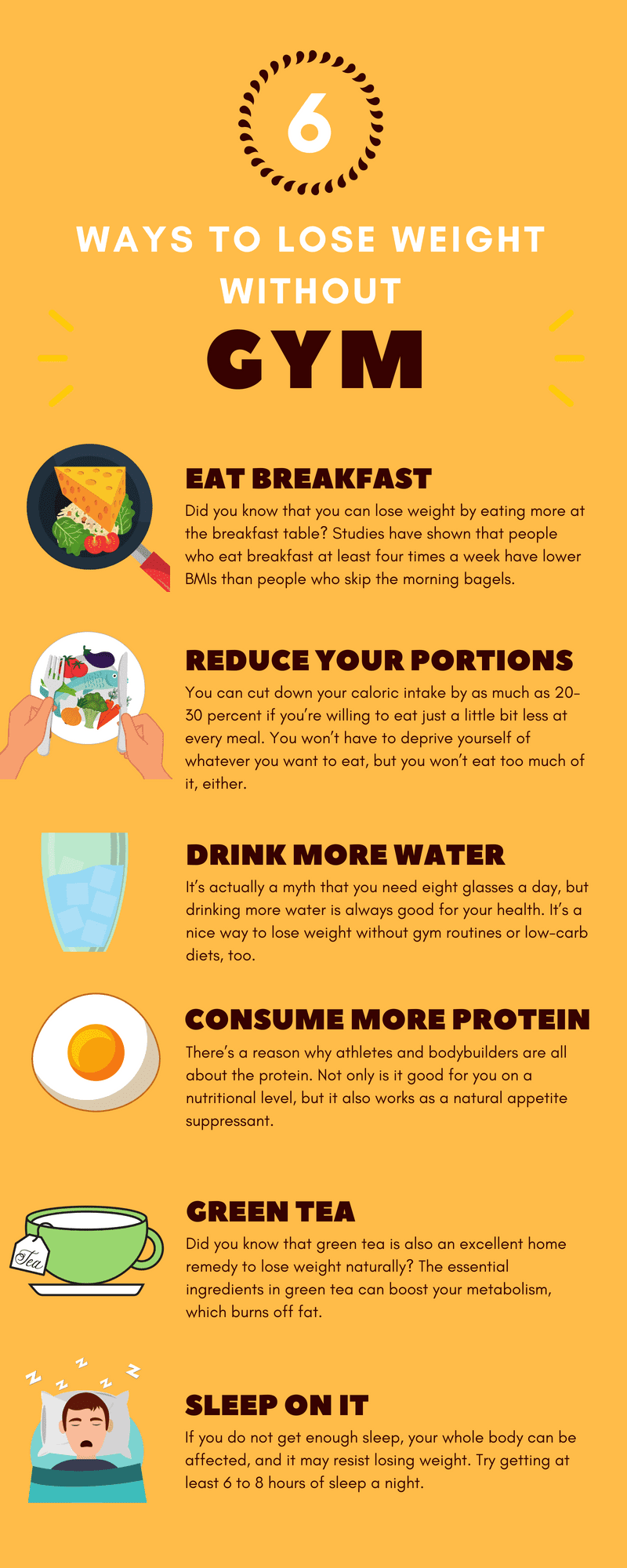We’ve shared many self-healing techniques. But this ancient Japanese therapy is so easy that you could do it while speaking to a group of people, and no one would know you were trying to relieve anxiety.
Many healing systems have shared beliefs about the body’s energy being important for curing illness. Hindu, Asian, Greek, Native American, Tibetan and Mediterranean healing wisdom all believe in a life energy force that we must balance and harmonize for well-being.
This ancient Japanese technique employs a similar technique we have written about previously; acupressure. This method that we will describe today is easier and shorter. Still, it can be just as effective in only two to five minutes at a time.
An earlier feature article on tapping that shares the self-healing technique of tapping to activate energy points on the body. You may have also read Here’s What Happens When You Touch These Points on Your Hands, which told you about another self-acupressure technique.
This Ancient Japanese Technique Relieves Anxiety and Depression
This ancient Japanese healing technique is helping nurses
Nursing is a high-stress job due to the demands of their employers, doctors that they work with, patients, and demanding family members of patients. Researchers taught this acupressure technique to nurses and measured their stress levels before and after one month of daily practice.
They found that the nurses in the study had ‘significant increases in positive outlook, gratitude, motivation, calmness, and communication effectiveness and significant decreases in anger, resentfulness, depression, stress symptoms, time pressure, and morale issues. Nurses reported less muscle aches, sleeplessness, and headaches.’
The treatment not only helped the nurses’ feelings of stress but helped their ability to care for patients. Researchers found ‘significant increases in nurses’ caring efficacy in areas of serenity in giving care, tuning in to patients, relating to patients, providing culturally congruent care, individualization of patient care, ability to decrease stressful situations, planning for multiple needs, and creativity in care.’
How to perform this ancient Japanese healing technique on yourself
Children often self-soothe by sucking their thumbs or fingers. People sometimes rub or clasp their hands when they are nervous. Both of these self-healing actions use hand and finger pressure, which stimulates the energy meridians that are important in acupressure therapy.
The video link will explain the technique that you will be using. You will be grasping a different finger of either hand depending on what emotions that you are working on improving.
Jin Shin Jyutsu is an ancient Japanese energy healing technique that you can use anytime you have both hands free. You can also teach this to children to manage their own emotional states.
Guess which finger is associated with anger? That’s right the middle finger. Starting with the thumb, the fingers of each hand represent the following emotions in order:
- Worry
- Fear
- Anger
- Sadness
- Self-Esteem
Grasp the finger of either hand with firm pressure, using all of the fingers and thumb of your other hand. Wait until you feel a pulse. You will know it is working when you feel the pulse. Most of our fingers do not have a pulse that is strong enough for us to feel, except for the thumb.
The technique should take only 2-5 minutes of firm pressure on the finger before you feel a pulse. If you feel a pulse immediately, hold the finger until the pulse slows down. This ancient technique is a great tool to use the next time you are feeling anxiety or depression.
How this ancient Japanese technique is even helping people with cancer
No matter what stress you are going through in your life now, you can imagine that a cancer diagnosis must be one of the most anxious moments for a person to encounter. Cancer patients have uncertainty, fear, and sadness over being unable to do things they would be doing if they were not going through cancer treatment.
Researchers at the University of Massachusetts, Boston, tried this ancient Japanese technique as a way of healing the stress, anxiety, and depression of women who had been diagnosed with breast cancer. After ten sessions of acupressure given by a trained practitioner, the women in the study could feel better physically, and emotionally, reported living fuller lives, and were seeking balance in daily living.
Patients were also taught how to do the technique during the treatment sessions. It is important to note that these women were told to practice daily. That’s because the effects of this ancient technique are believed to be cumulative. In other words, the more you use it, the better it works.
One woman said that this Ancient Japanese healing technique ‘helped me heal from surgery and then with the side effects of chemotherapy: fatigue, nausea and sleep disruption. I would go in feeling very low and come out rejuvenated and able to cope with whatever the next week of the illness had to throw at me. At a time when my resources were dwindling, you can’t imagine what a gift this was to have 10 free sessions.’









